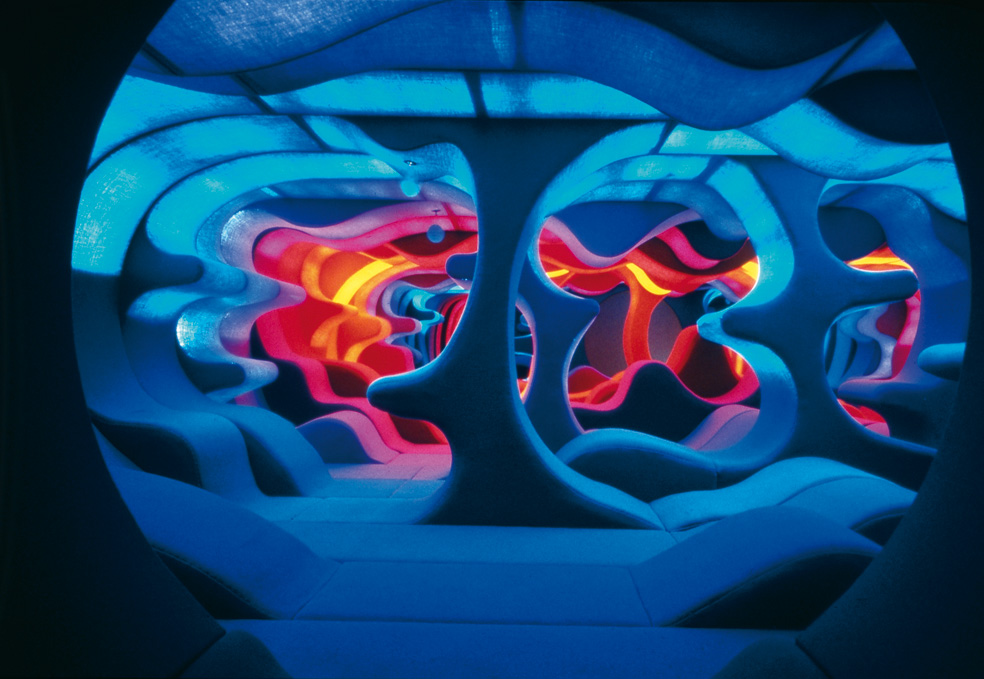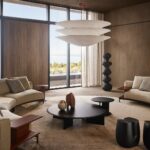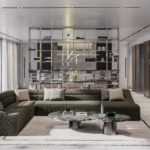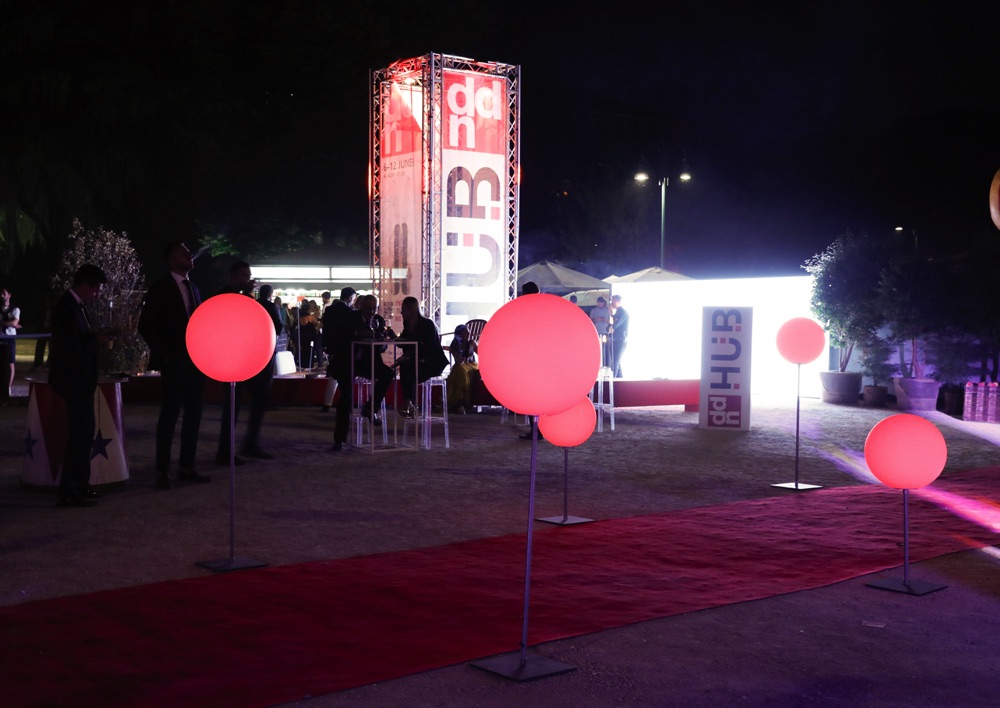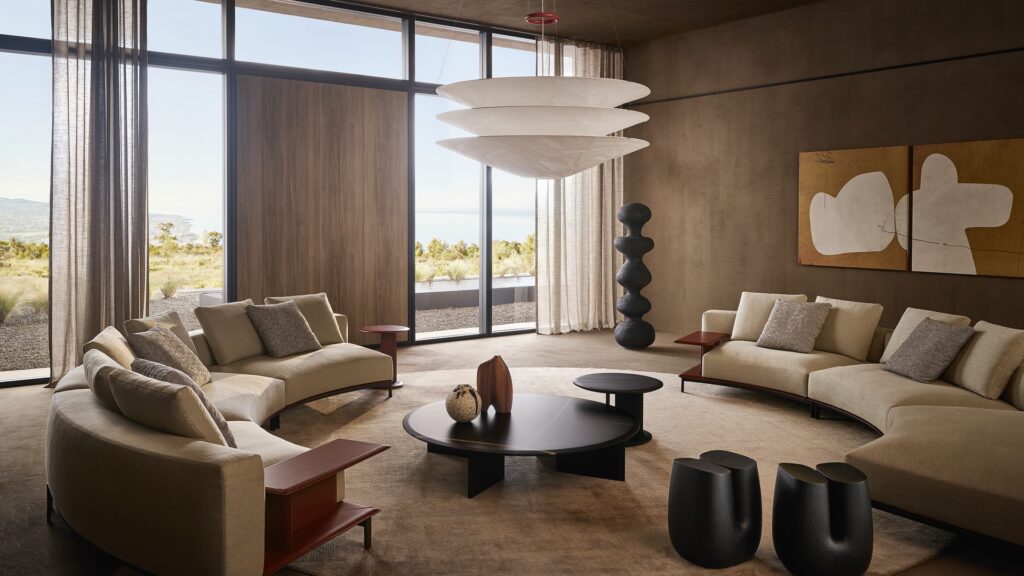With the exhibition “Home Stories: 100 Years, 20 Visionary Interiors”, the Vitra Design Museum explores the interiors of the last 100 years
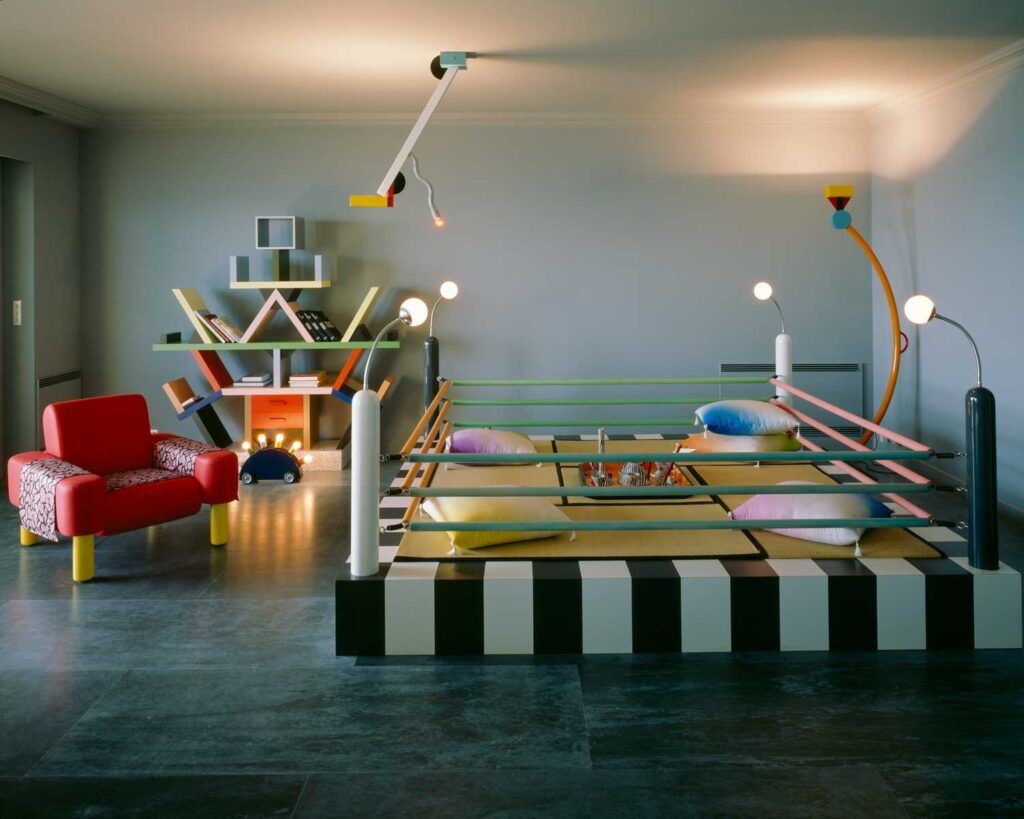
Technological development, social and political changes, cultural phenomena and trends have left their mark on the interior of our homes. From appliances to home office, to the charm of open-plan spaces, housing spaces change and adjust to different habits. This exhibition explores domestic interiors in relation to different lifestyles and their changes. The exhibition revolves around 20 iconic interiors designed by architects, such as Adolf Loos, Finn Juhl, Lina Bo Bardi and Assemble, artists, such as Andy Warhol or Cecil Beaton, and interior designer Elsie de Wolfe.
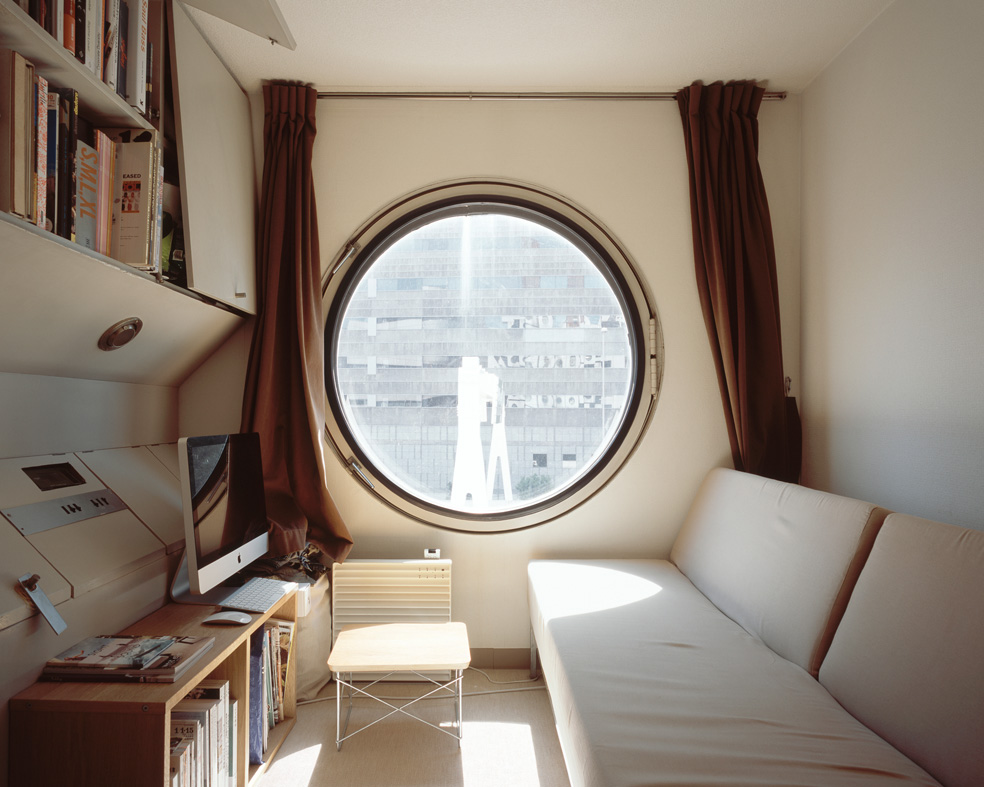
Retracing 100 years of interior design, the exhibition explores the way interior design has always interacted with other disciplines. Art, set design, painting, in addition to architecture and product design, of course, are important elements in any interior design project. On the contrary, it seems that today’s interior design is conforming to Instagram trends and interiors show the same products and the same color palettes. A serious reflection on how habits and ways of living are changing is still missing. And housing interiors should adjust to societal and urban changes.
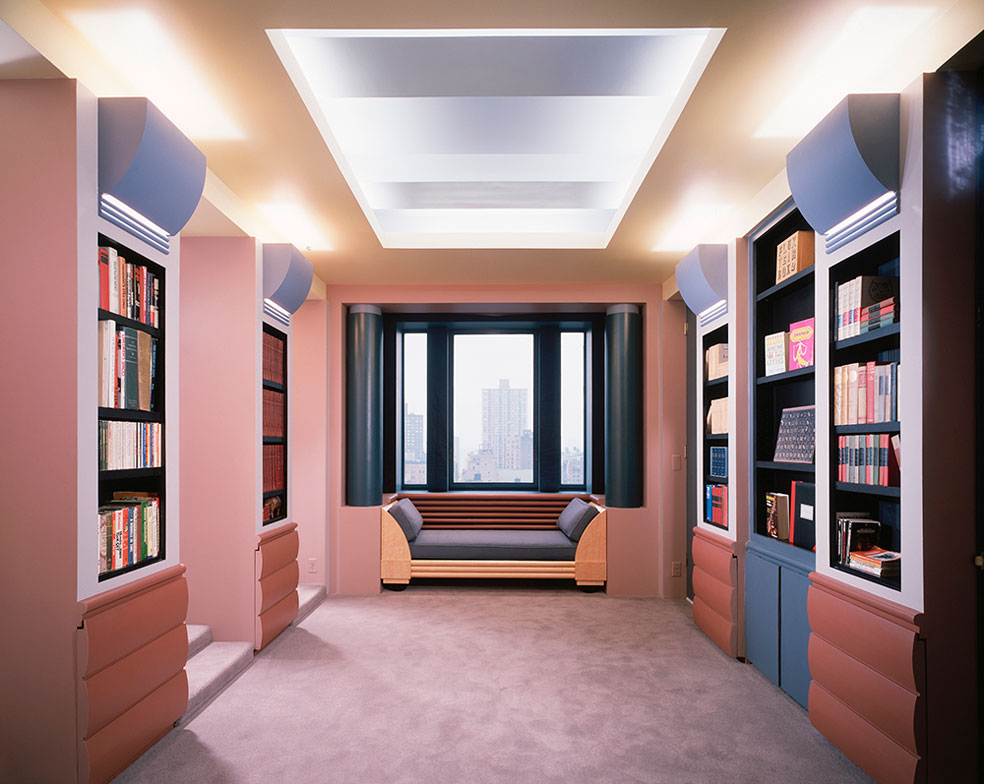
Nowadays, Pinterest and Instagram have a great influence on how we perceive interiors, and Airbnb has immensely increased the possibility of living, even just temporarily, in a home different from our own. Which enormously expands interior design knowledge, though it does not delve into the discipline.
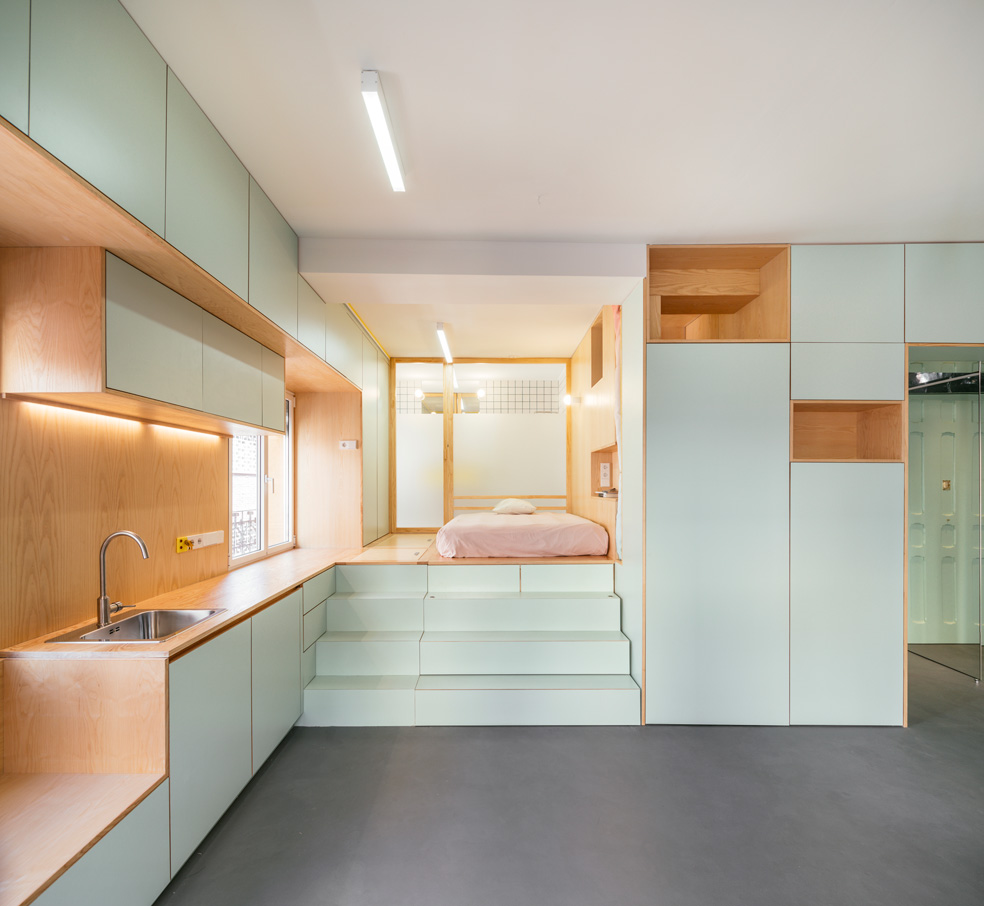
The evolution of interior design
Designing interiors in an ever-changing world is the challenge faced by contemporary architects. Convertible furniture for tiny spaces is typical of the apartments from the 2000s, while hi-tech interiors date back to the period of the discovery of built-in appliances.
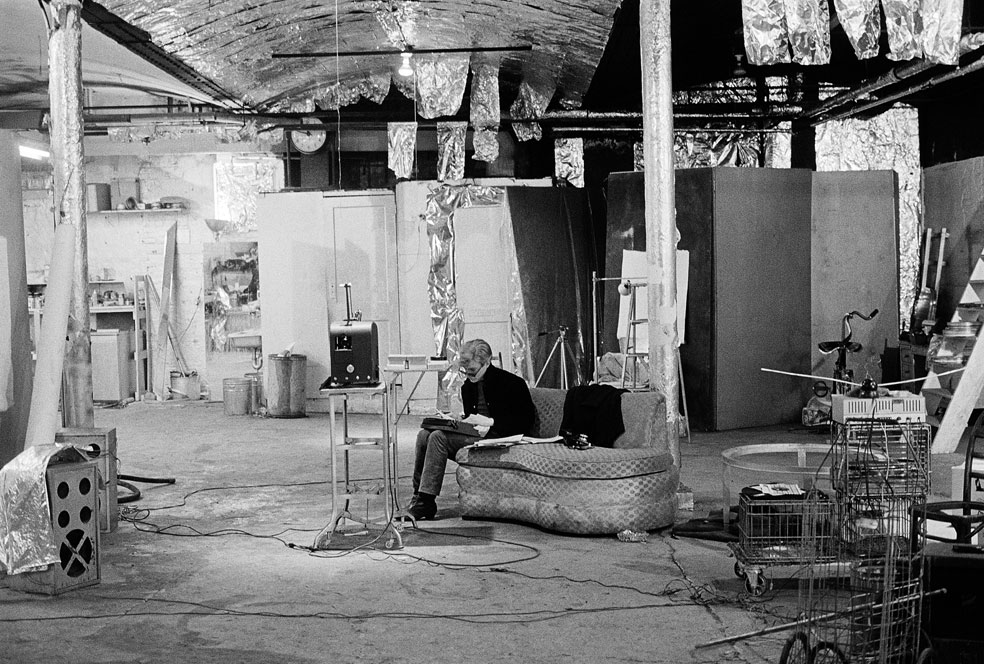
Scandinavian interiors, from the Thirties and Forties, express a direct relationship with nature and a new philosophy of life, with their light colors and natural materials. Also Ikea has been playing a role in the creation of contemporary interiors, thanks to its mass-produced and affordable furniture.
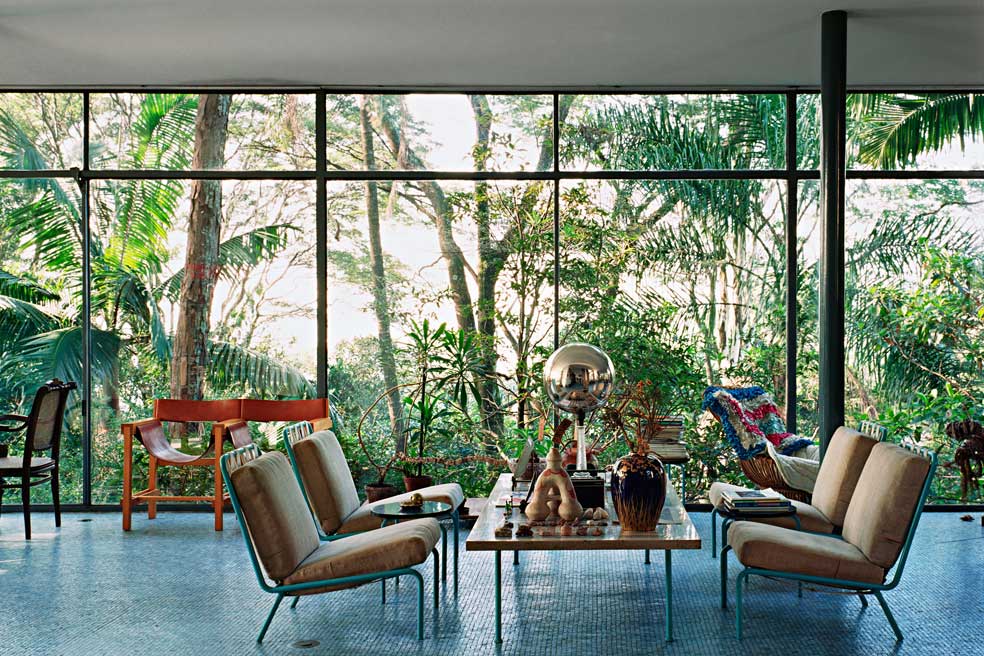
Finally, two walk-in reconstructions present interior design projects from the Fifties and Seventies. Phantasy Landscape, by Verner Panton (1970), consisted in a series of colorful upholstered elements that formed a cave-like tunnel. This reconstruction is located on the Vitra Campus, in the Fire Station designed by Zaha Hadid.
Opposite to the Museum, the Hexacube micro-house by George Candilis (1971) shows how prefabrication, modularity and mobility contributed to the development of a housing culture.
